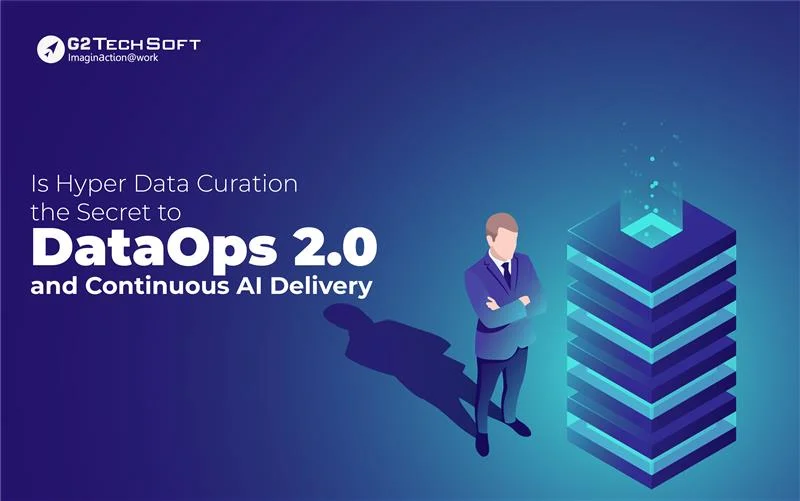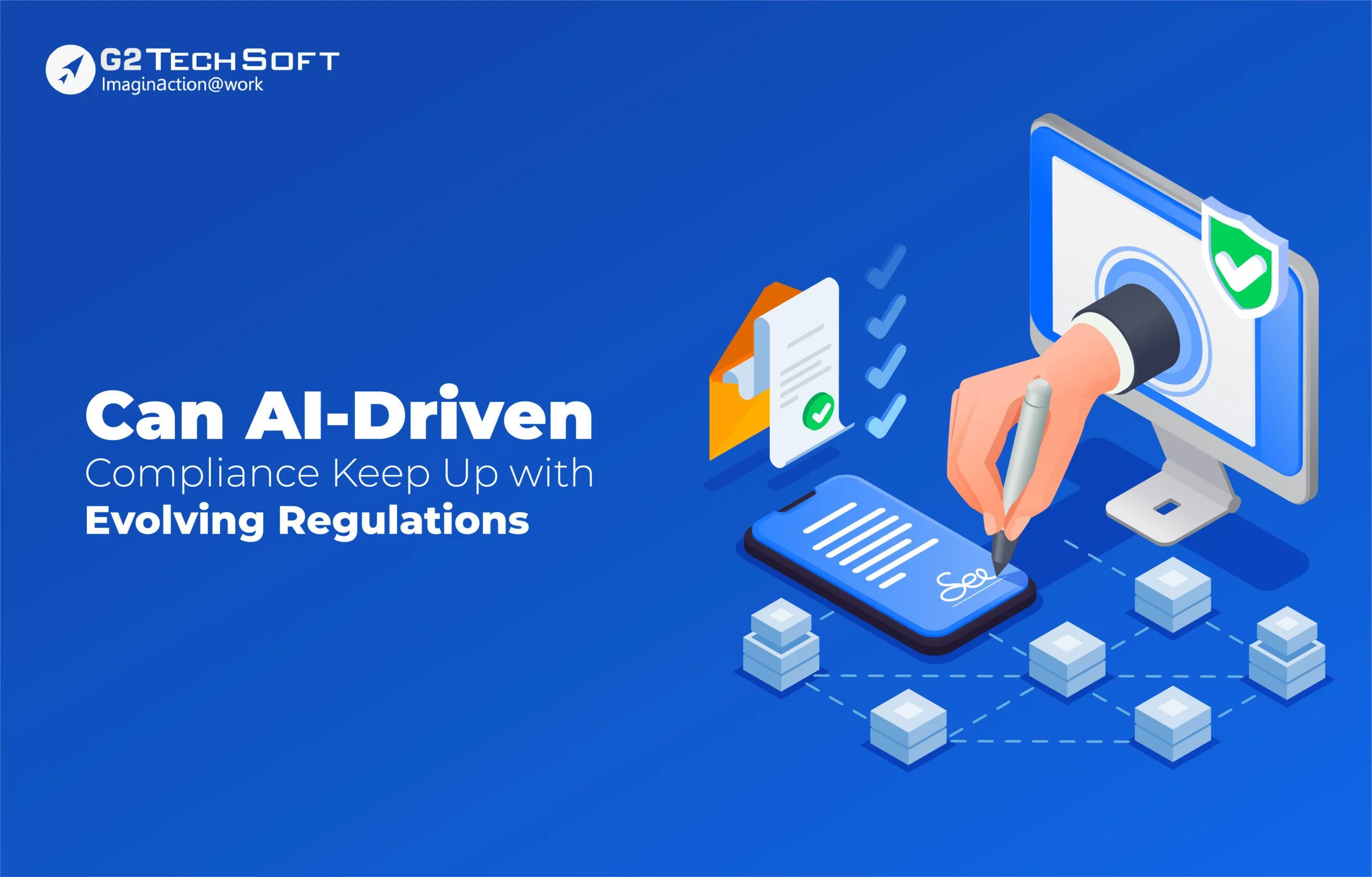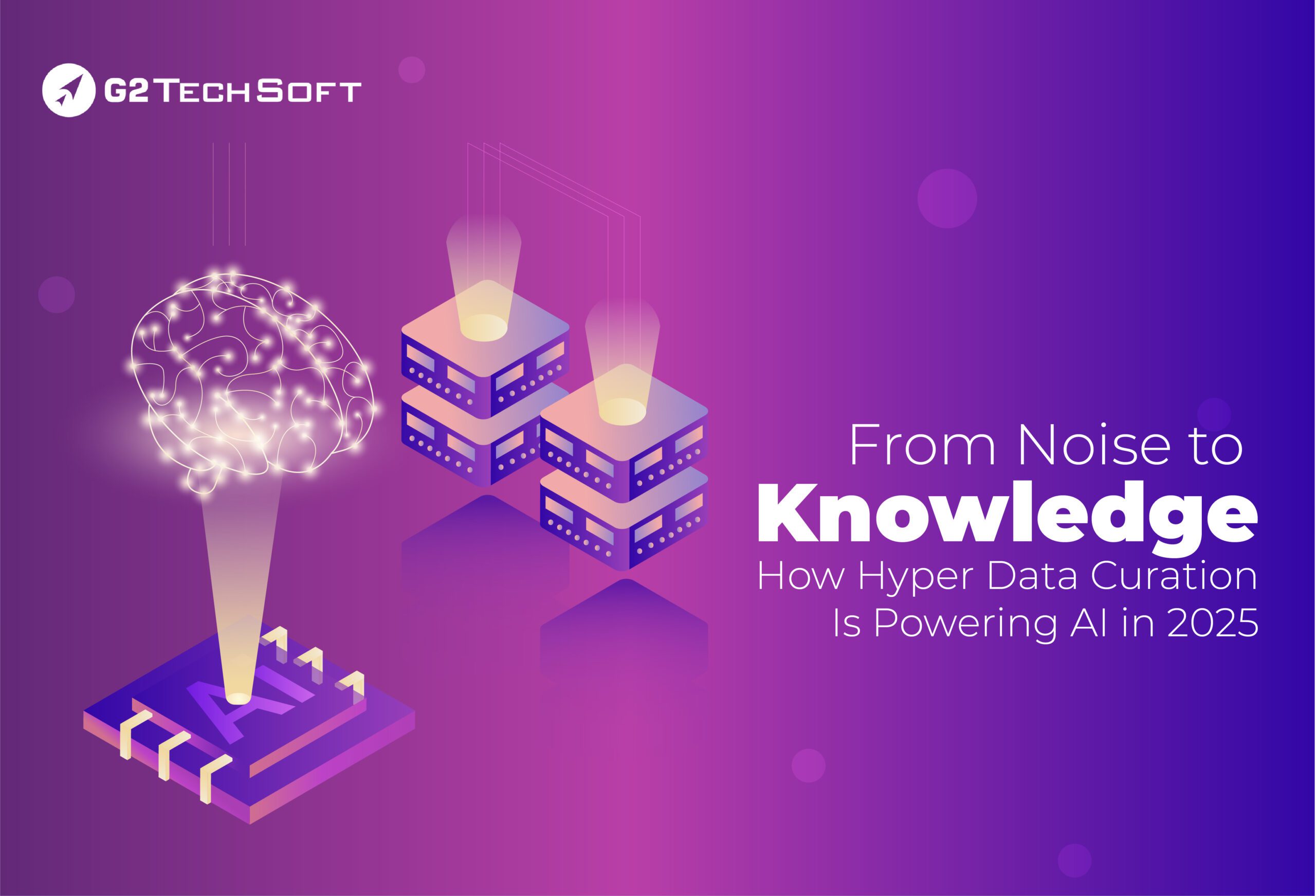
What Should Modern GRC (Governance, Risk, Compliance) Look Like in an AI-Driven Enterprise?
Introduction
In 2025, nearly 80% of enterprises globally report integrating AI into at least one core business process, according to Gartner. From automating decisions to analyzing vast datasets in real-time, AI is redefining operational speed and scale. However, as this digital shift accelerates, traditional governance, risk, and compliance (GRC) frameworks are straining to keep pace.
These legacy systems, designed for static workflows and human-driven processes, fall short in managing the risks and regulatory complexities introduced by AI. Issues like algorithmic bias, explainability gaps, and dynamic regulatory requirements now demand a modern GRC framework—one tailored to AI-powered enterprises.
In this article, we’ll break down how enterprises across the world can evolve their GRC strategy to handle the demands of responsible, scalable, and compliant AI integration.
Why AI Disrupts Traditional GRC?
AI is not just another digital tool—it is a force multiplier that challenges foundational compliance assumptions.
- Speed and Scale: AI systems automate decision-making at volumes humans can’t replicate. This introduces enterprise risk management concerns, as traditional risk identification models aren’t designed for real-time, autonomous behavior.
- Lack of Explainability: AI algorithms, especially deep learning models, often function as “black boxes,” making decisions without clear visibility into how or why they reached a conclusion. This undermines regulatory trust and compliance obligations.
- Data Privacy and Bias: AI systems ingest and analyze massive amounts of data, creating new vectors for ethical AI issues like biased decision-making or mishandling of personal information.
- Regulatory Ambiguity: While frameworks like the EU AI Act and NIST AI Risk Management Framework are emerging, global consensus on AI regulations 2025 remains fragmented. Enterprises are left navigating a patchwork of expectations without a clear path forward.
These disruptions make clear that modern organizations need more than policy documents and spreadsheets; they need AI-specific compliance systems that are dynamic, intelligent, and embedded across departments.
4 Key Principles Of Modern GRC In An AI Environment
To function effectively in AI-driven environments, modern GRC must embrace four foundational pillars:
1. Governance
At its core, AI governance is about visibility and control. Organizations must develop policies that govern how AI is developed, tested, deployed, and audited. This includes:
- Establishing AI transparency requirements
- Defining ethical use policies
- Ensuring oversight through dedicated AI ethics boards
2. Risk Management
AI risk is not always static; it evolves with every new data input or model iteration. A modern approach includes:
- Real-time risk monitoring of AI systems
- Scenario modeling for edge cases and failures
- Quantitative risk scoring for model behavior under varying conditions
3. Compliance
With regulators now focusing specifically on AI systems, modern GRC must align with evolving standards:
- Mapping enterprise practices to laws like GDPR, HIPAA, and upcoming AI-specific legislation
- Adopting international frameworks like ISO/IEC 42001 (AI Management Systems)
- Ensuring systems can generate compliance evidence (audit trails, consent logs)
4. Ethics And Accountability
Modern GRC isn’t just about legality, it’s about responsible AI. Cross-functional teams should co-own risk assessments and validate model behavior against ethical benchmarks.
By anchoring these principles into business operations, organizations lay the foundation for both compliance and trust.
What GRC Must Evolve To Include
Legacy GRC structures often lack the granularity and agility needed for AI oversight. Here’s what must change:
- Model Auditability: Traceable decision routes ought to be a feature of all AI systems. This means integrating explainable AI (XAI) tools that can demystify complex outputs and generate human-readable explanations.
- Dynamic Risk Profiling: As models evolve, so should their compliance profiles. Enterprises must adopt adaptive risk models that adjust based on performance data, regulatory changes, and user behavior.
- AI-Specific KPIs: Traditional KPIs like uptime or incident rate aren’t enough. Modern GRC must track fairness, robustness, and algorithmic drift as core indicators of AI health.
- Team Collaboration: Governance, risk, and compliance can no longer be siloed. Data scientists, IT leaders, legal experts, and compliance officers must share ownership of AI risk assessments.
This change is cultural as well as operational. Enterprises must foster transparency and accountability as strategic assets.
Tools And Frameworks Supporting AI-Ready GRC
Thankfully, a growing ecosystem of tools is emerging to help companies operationalize their GRC strategies for AI:
- RegTech solutions powered by AI: These platforms automate monitoring, regulatory mapping, and documentation, enabling real-time updates and streamlined audits.
- ML Lifecycle Management Platforms: Tools like MLflow or Weights & Biases help track datasets, model versions, and outcomes, vital for transparency and reproducibility.
- Policy Engines and AI Observability Tools: Organizations may obtain visibility into model behavior in production and embed policy logic via OpenPolicyAgent, Fiddler, and similar technologies.
- Cloud-Native GRC Platforms: Modern GRC suites like ServiceNow GRC or OneTrust provide built-in AI integrations and support cloud compliance models, ideal for hybrid and distributed enterprises.
The key is choosing tools that align with business risk profiles and regulatory obligations while also enhancing agility.
Best Practices Implementation
Knowing what to do is only half the challenge. Here’s how enterprises can implement modern GRC effectively:
- Start with a GRC Gap Analysis: Identify which existing compliance and risk controls fail to account for AI. Focus on high-impact use cases first.
- Pilot Within a Single Unit: Instead of boiling the ocean, test new frameworks within one business division—ideally one using high-stakes AI models (For instance, fraud detection or underwriting).
- Educate Stakeholders: Training is critical. Leaders, developers, and compliance teams must all understand the principles of AI governance, risks, and regulations.
- Maintain a Regulatory Watchlist: As AI regulations 2025 evolve, GRC systems should be updated regularly. Build processes that adapt quickly to new mandates without disrupting operations.
Effective implementation requires executive buy-in, strong documentation, and continuous iteration.
Future-Proofing GRC For The AI Era
Your compliance plan shouldn’t slow down with the rapid advancements in AI. To remain ahead:
- Put Agility First: Create GRC systems with the flexibility to adapt as AI applications grow across divisions and regions. Regulatory environments are fluid, and a static framework quickly becomes obsolete. Adaptive compliance strategies are essential for enterprises aiming to sustain competitive advantage while minimizing legal exposure.
- Invest in Explainability Tools: From SHAP to LIME and integrated model monitoring platforms, open-source and enterprise-grade tools can make AI decisions more transparent. This is critical not only for audits but also for internal trust, risk assessment, and fulfilling obligations under AI transparency laws.
- Embed Ethics Into Governance Charters: Don’t treat ethics as an afterthought. Formalize ethical AI principles, like fairness, human oversight, and accountability, into your corporate governance policies. This creates internal alignment and signals responsible innovation to regulators and the public.
- Align GRC with AI-Specific KPIs: Traditional GRC KPIs often fail to reflect the nuances of AI-driven environments. Future-ready organizations will track metrics like model drift, data quality degradation, algorithmic fairness, and operational robustness, embedding them into board-level dashboards.
- Engage Top Artificial Intelligence Experts Early: Building AI capabilities without GRC alignment is risky. Involve GRC leaders and domain experts from the initial stages of AI projects to proactively assess enterprise risk management impacts and regulatory fit.
By approaching GRC as a living, evolving framework, supported by the right compliance automation tools, guided by a forward-looking strategy, and reinforced by cross-functional alignment, organizations can turn compliance into a strategic asset, not just a safeguard.
Conclusion
AI has drastically changed the risk and compliance environment. Conventional GRC structures are no longer adequate since they were designed for slower, human-centered processes. Today’s enterprises need a modern GRC framework, one that embraces AI transparency, real-time risk management, and proactive compliance aligned with emerging standards.
Companies in the U.S., Canada, and those global ones that update their GRC strategy now will be best positioned to innovate responsibly, protect stakeholder trust, and lead in their markets.
Ready to assess your organization’s AI maturity? G2Techsoft can help you navigate the complexities of AI compliance, implement smart digital transformation solutions, and collaborate with top artificial intelligence experts to future-proof your governance systems.



